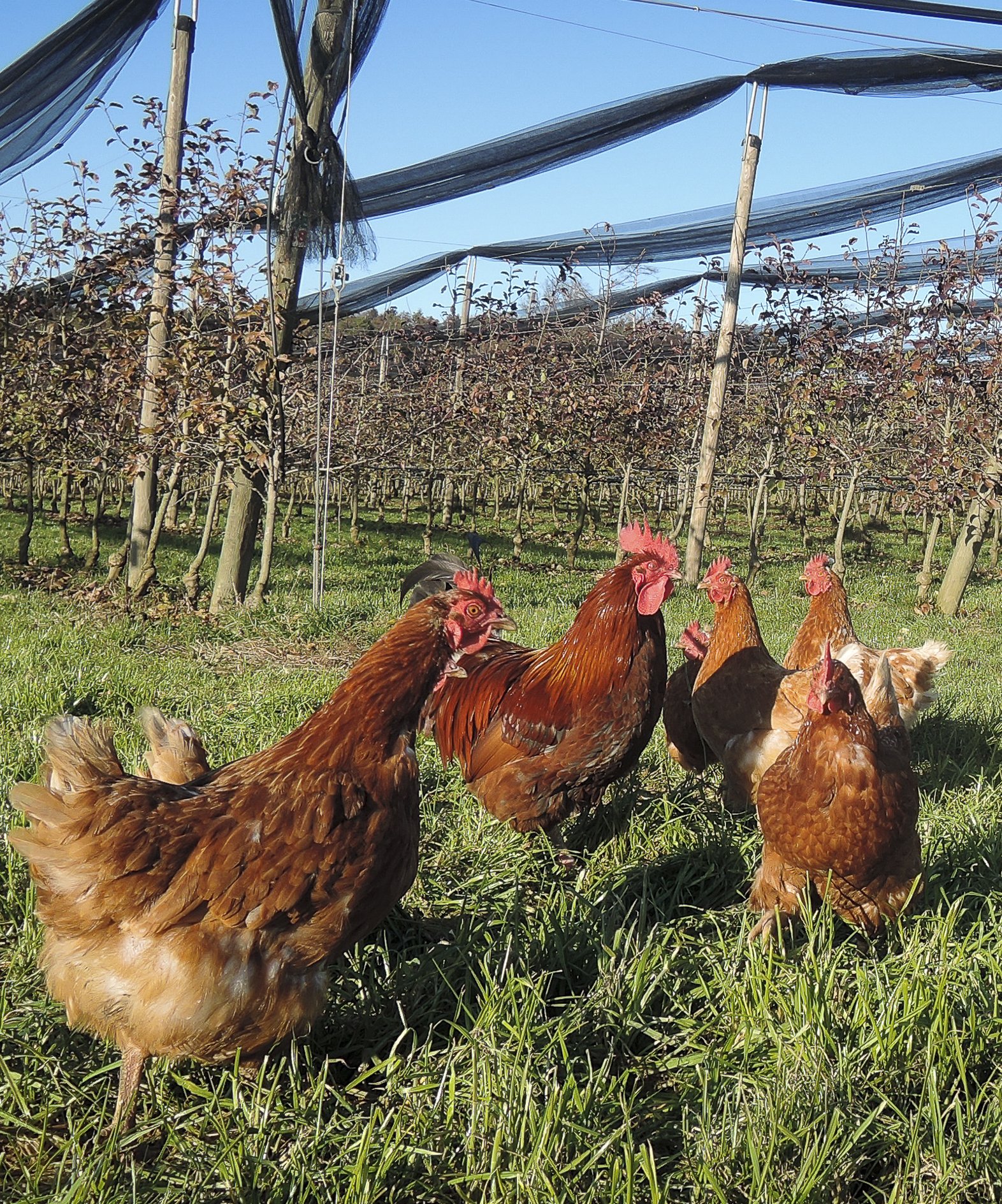The importantence of mixed farming and agroforestry in the Austrian network
Interview with Reinhard Gessl, coordinator in the Austrian Network: "With the support of the MIXED project, we were able to give mobile laying hen farming directly in apple orchards a broad media stage"


Why is mixed farming and agroforestry important in your region / country?
"Austria is a beautiful country. Compared to other EU countries, the areas is often still small-scale. Farming is in the hands of small family farms. But even these are increasingly highly specialised, with only one branch of farming. If we want to offer more seasonal, regional and ecologically valuable food in the future, we must make optimal use of the potential of these areas. One example: permanent crop areas such as apple orchards provide an ideal habitat for farm animals. A positive example in every respect is the "apple hens". With the MIXED project, we at the University of Natural Resources and Life Sciences have the opportunity to scientifically accompany the pioneer farmers in their efforts to expand the mixed-farming approach over several years".
Which changes would you like to see in your region / country as a result of the MIXED project?
"Let's face it: highly specialised orchards neither meet consumer expectations nor are they a place of diverse habitats. Specialisation and professionalisation are important steps for sustainable food production. But it will be even more important to manage the land ecologically, to keep the animals well and to set up the farm in a resilient way. With the support of the MIXED project, we were able to give mobile laying hen farming directly in apple orchards a broad media stage. The chickens in the organic orchard show the innovative power of organic farming with sympathetic images. The response at home and abroad has been gratifyingly great".
What results have you achieved and what are the next steps?
"With support from the MIXED project, we have been able to gain important practical experience in Austria in the apple hen project. We now know how best to build a mobile small stable, which animals are particularly suitable for this type of animal husbandry and what to consider when feeding the animals in summer and winter. What we now want to implement is an expansion of the mixed farming approach to initially 20 to 30 farms with fruit or wine. Our vision is that in a few years' time there will always be farm animals roaming the soil of permanent crops. At least on organic farms".
